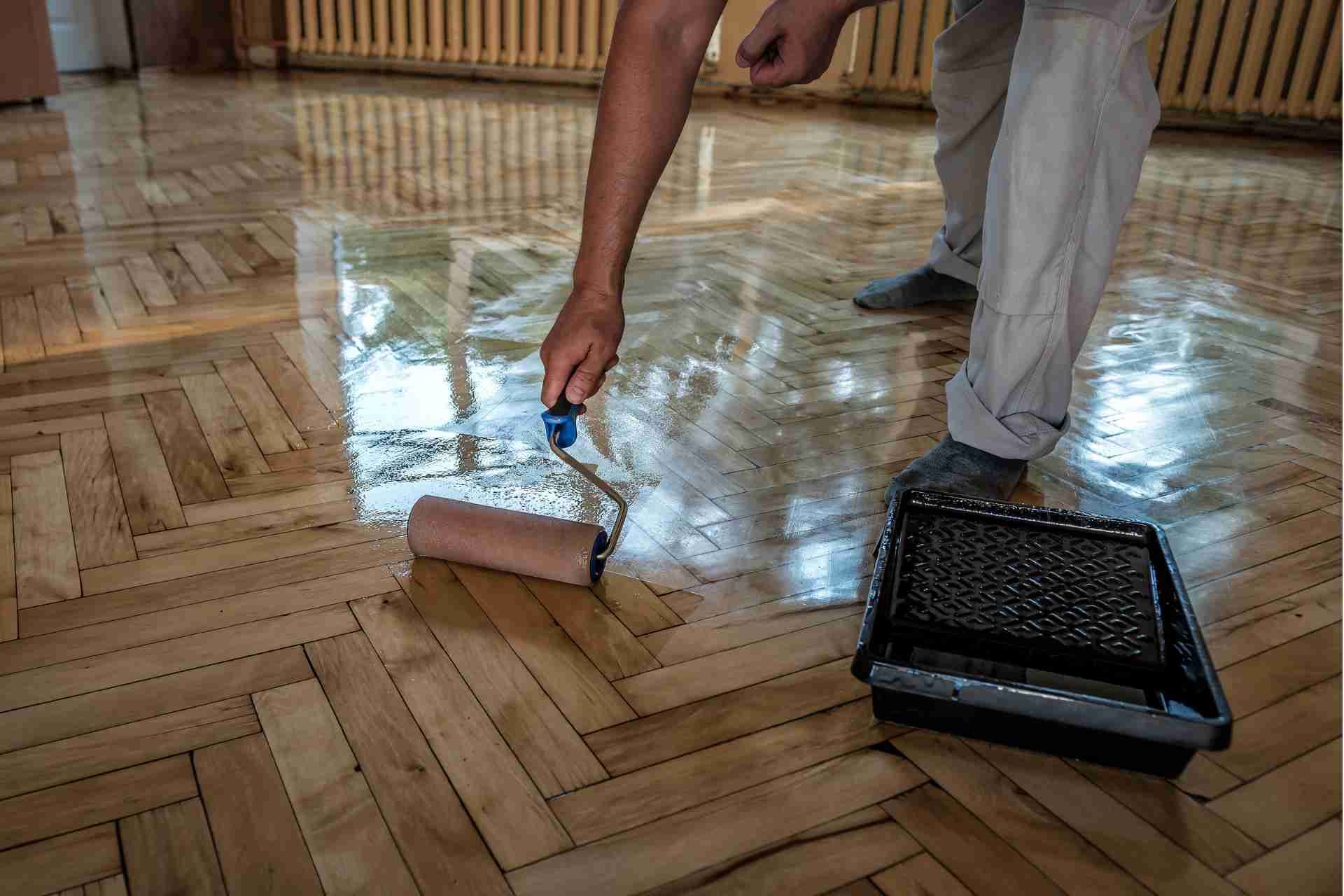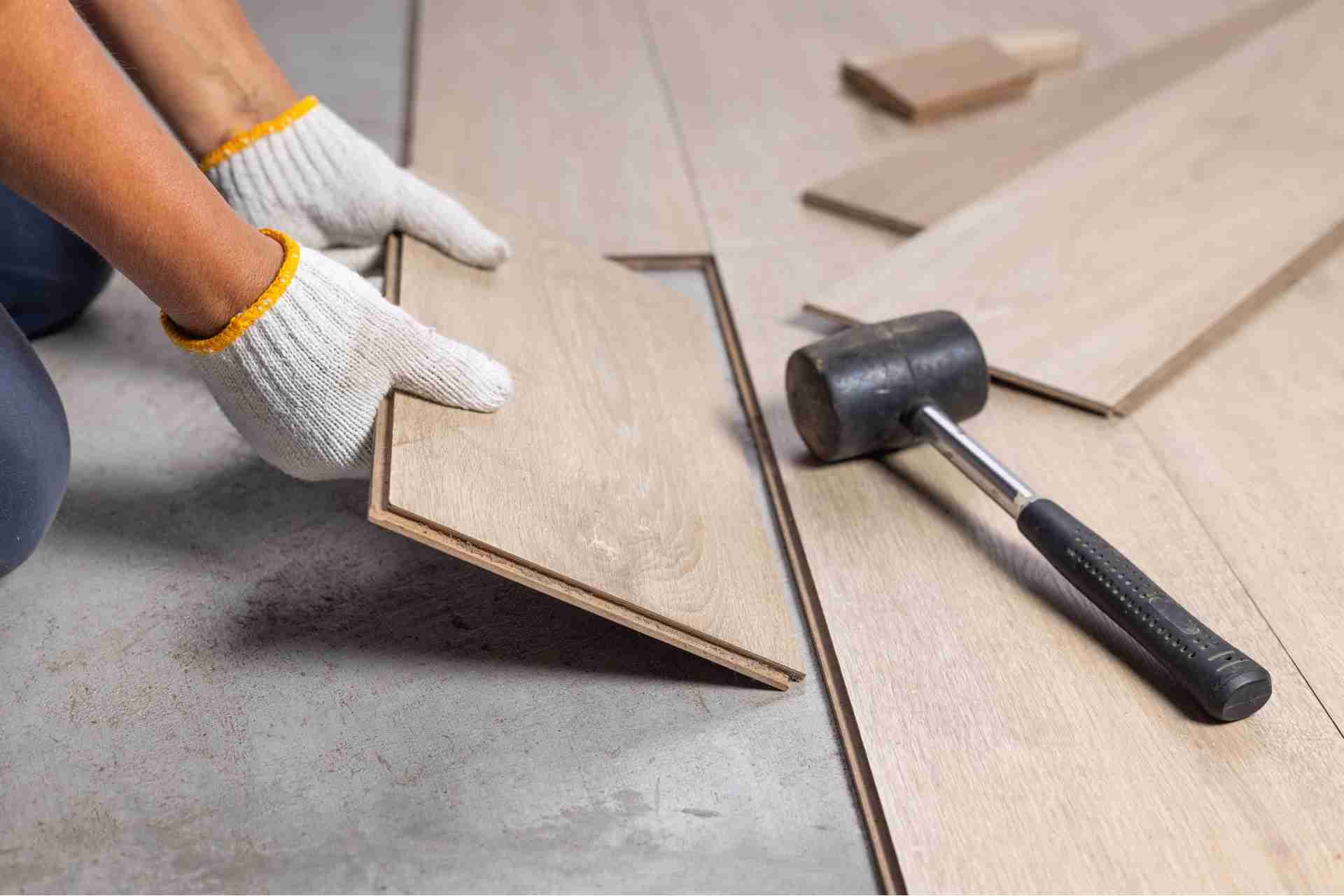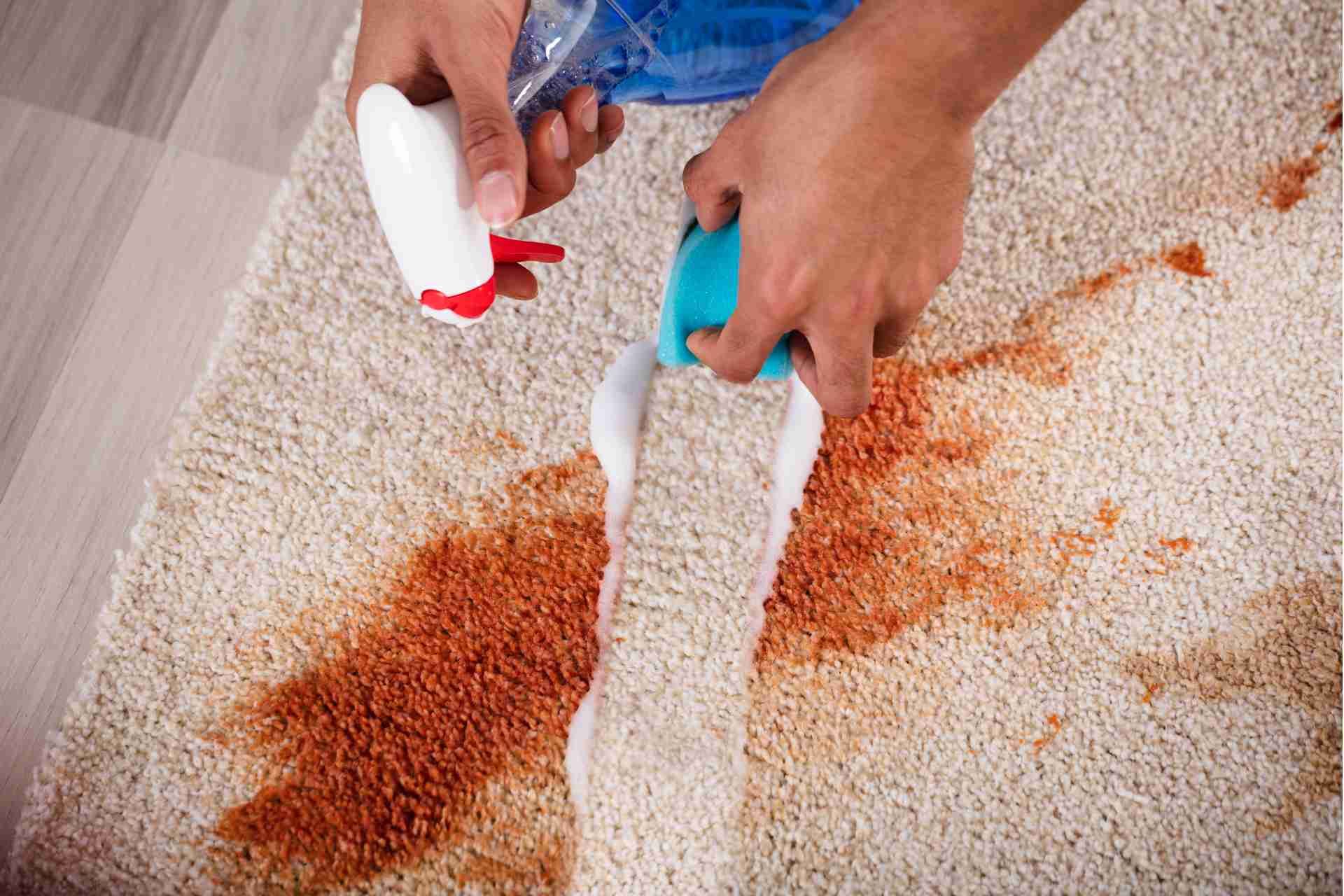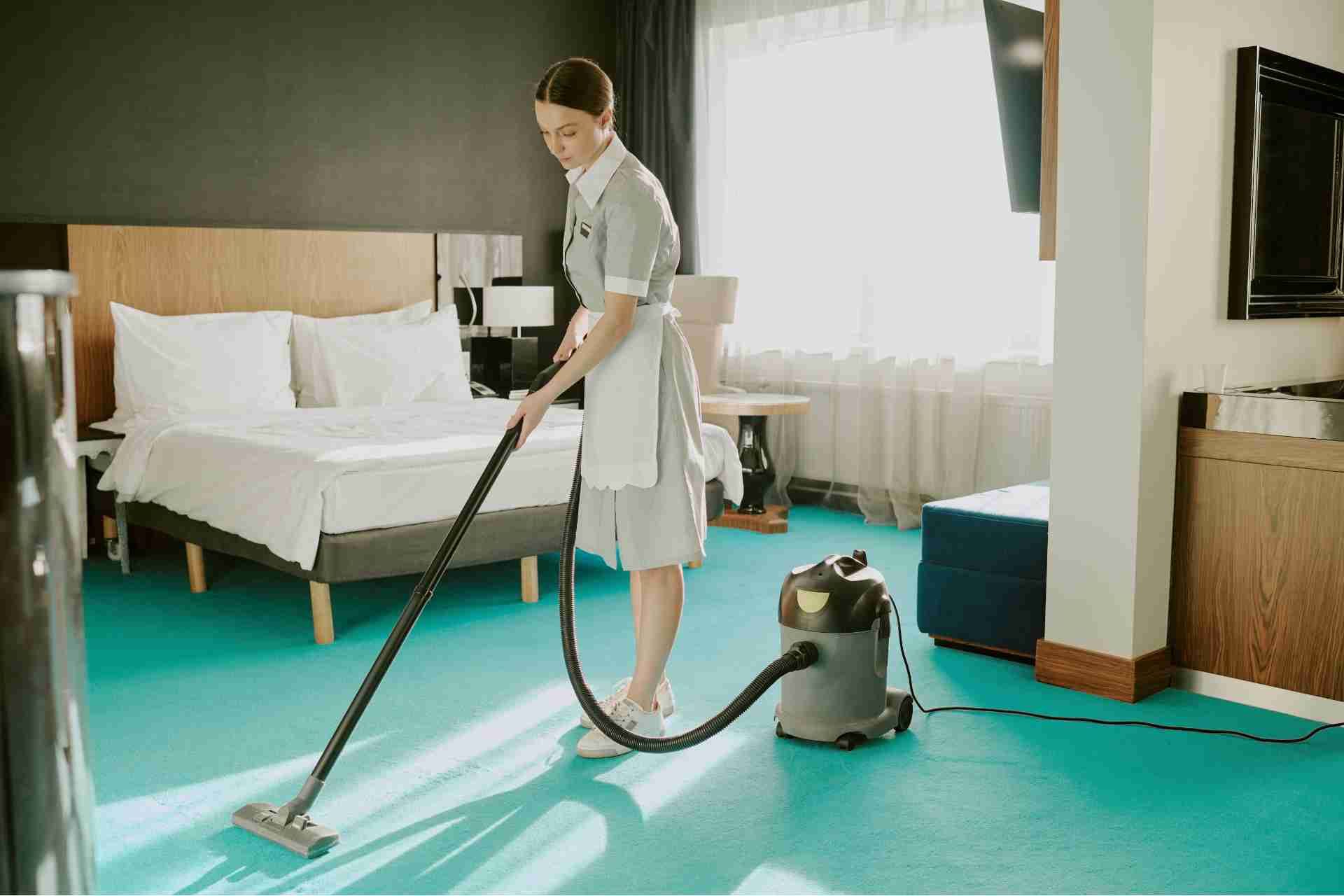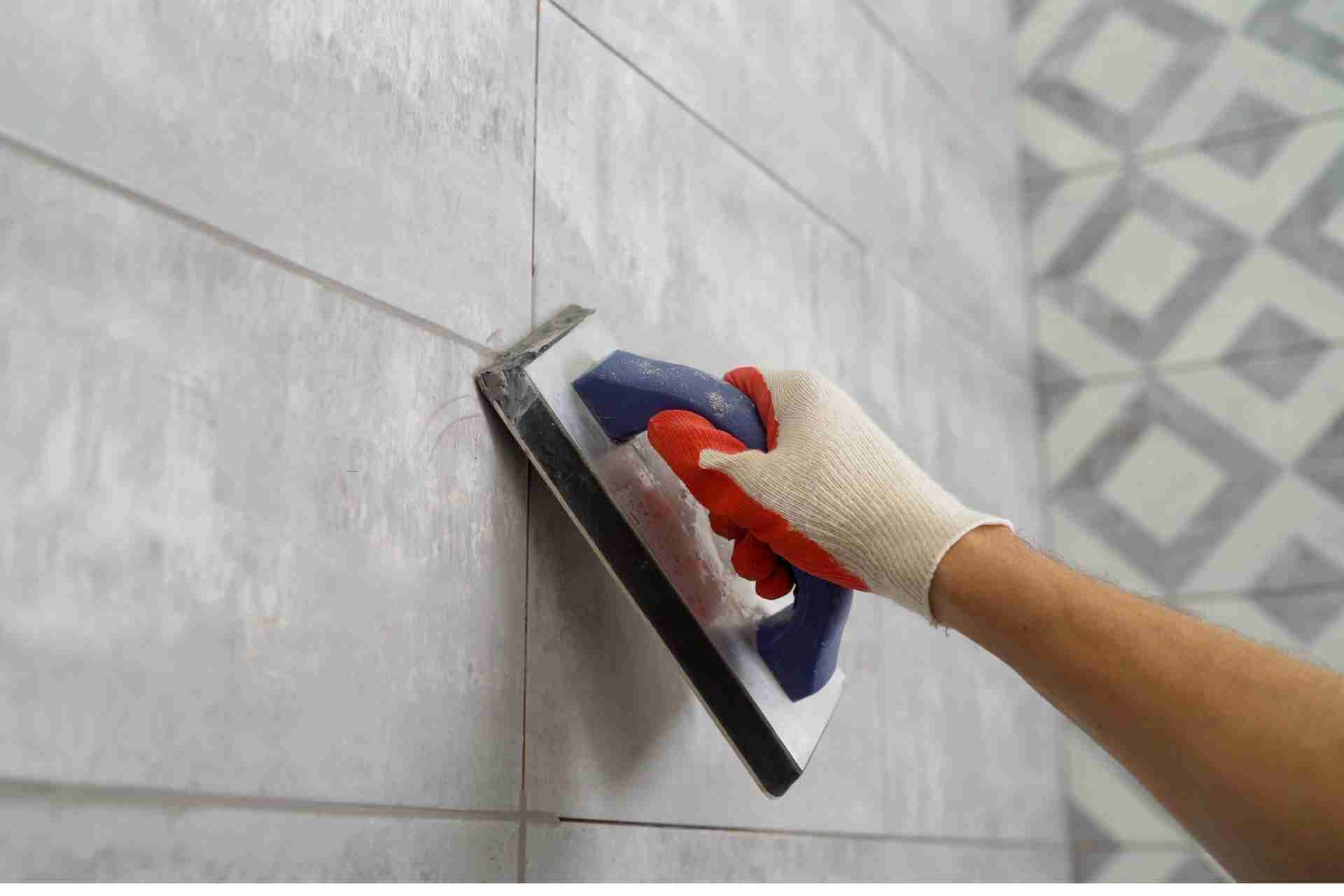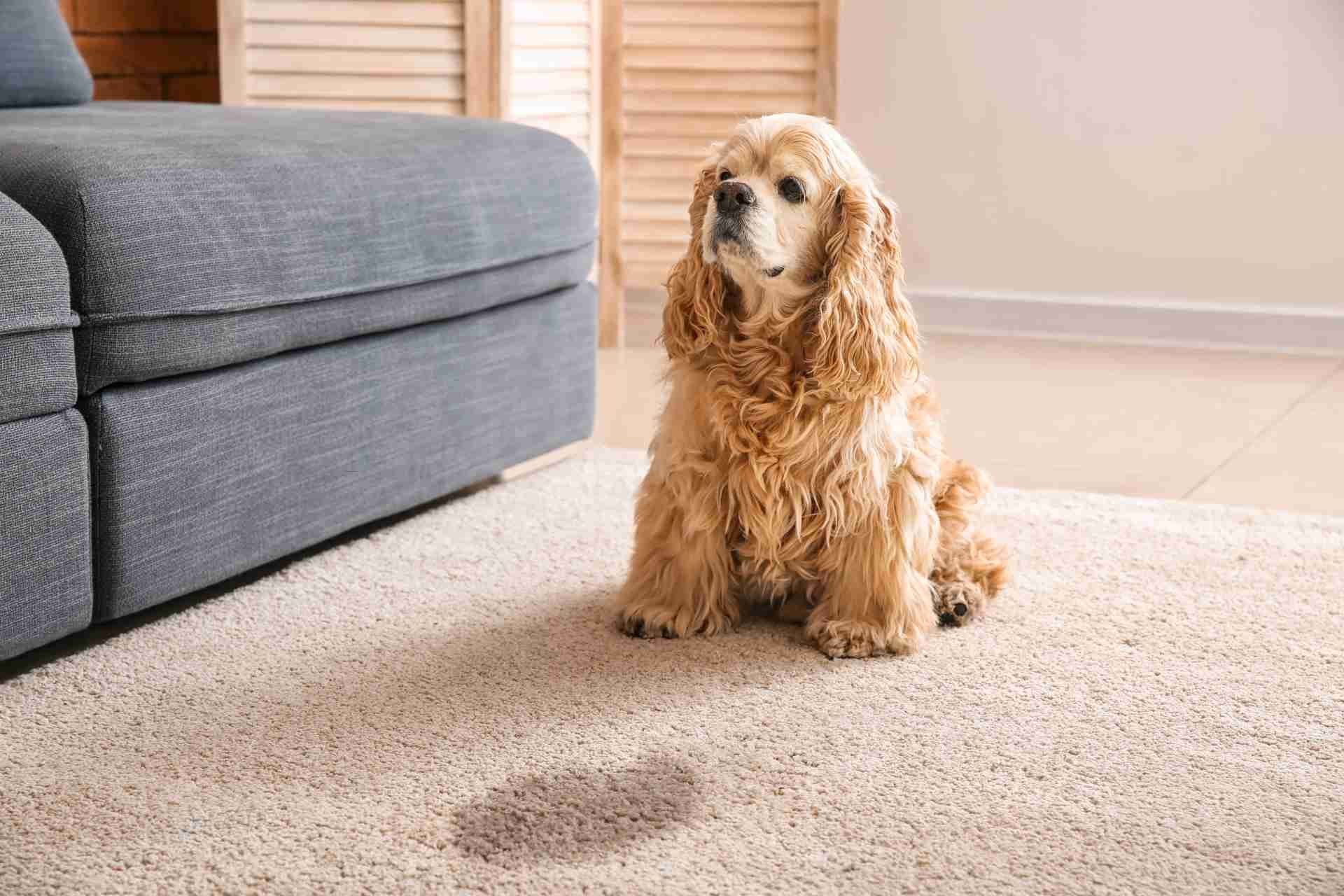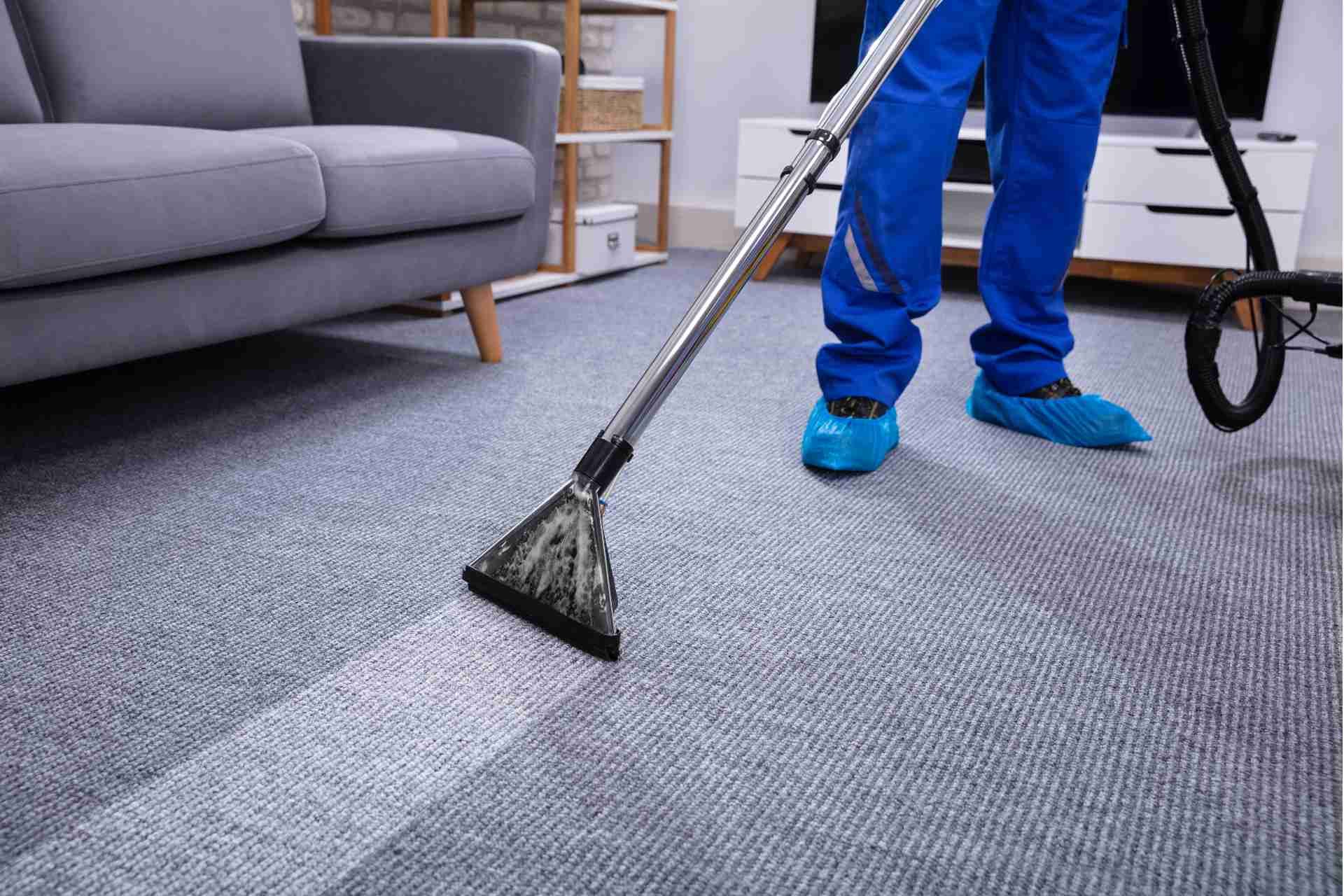Types of Water Damage

Water, the source of life and vitality, can also become a formidable force capable of wreaking havoc on our homes and properties. Water damage can lead to a host of problems, from structural weakening and mold growth to electrical issues and health hazards. Prompt and effective mitigation measures are crucial to prevent further harm and restore affected areas.
Whether it's the insidious creep of mold in damp corners or the immediate devastation of a flooded basement, each type of water damage carries its own set of consequences. Understanding these distinct forms of water damage is the first step toward effective prevention, mitigation, and water damage restoration.
Let us look into the various types of water damage, shedding light on their distinct characteristics and the unique challenges they pose.
Problems Water Damage Posses
Water damage can lead to a wide range of problems, both immediate and long-term. Here are some of the problems that can arise from water damage:
Structural Damage
Water can weaken or compromise the structural integrity of a building. This includes damage to walls, floors, ceilings, and even the foundation.
Mold and Mildew Growth
Excess moisture creates a conducive environment for mold and mildew to grow. This can lead to health issues for occupants and further damage to building materials.
Electrical Issues
Water can damage electrical systems, leading to short circuits, electrical fires, or complete system failures. This poses a significant safety hazard.
Health Risks
Standing water or excessive moisture can create conditions for the growth of bacteria, viruses, and other
pathogens. This can pose health risks to occupants, particularly those with respiratory conditions.
Damage to Personal Property
Water can ruin furniture, electronics, clothing, documents, and other personal belongings. Some items may be irreparable.
Loss of Important Documents and Records
Documents, photographs, and other important records can be permanently damaged by water.
Flooring Damage
Carpets,
hardwood floors, and other types of flooring can be severely damaged by water. This may require replacement, which can be costly.
Paint and Wallpaper Damage
Water can cause paint to blister, peel, or bubble. It can also cause wallpaper to peel away from the wall.
Corrosion and Rust
Water can lead to corrosion and rusting of metal components in a building, including pipes, fixtures, and appliances.
Weakening of Insulation
Water damage can affect the effectiveness of insulation materials, reducing energy efficiency and potentially increasing utility bills.
Odor Issues
Stagnant water and mold growth can create unpleasant and persistent odors that are difficult to remove.
Compromised Air Quality
Mold spores and other airborne contaminants can lead to poor indoor air quality, which can exacerbate allergies and respiratory conditions.
Pest Infestations
Standing water and damp conditions can attract pests like mosquitoes, rodents, and insects.
Decreased Property Value
Water damage can significantly decrease the value of a property. It can also make it more difficult to sell.
Legal and Insurance Issues
Dealing with water damage can involve complex insurance claims and potential legal disputes, especially if the cause of the damage is unclear or disputed.
Types of Water Damage
Water damage can occur in various forms, and it can be caused by a variety of factors.
Flooding
This is often the most severe form of water damage. It can result from natural disasters like heavy rains, hurricanes, or flash floods. It can also be caused by plumbing failures, sewer backups, or overflowing bodies of water.
Leaking Roof
A damaged or improperly installed roof can lead to water leaking into a building. This can cause damage to ceilings, walls, and insulation.
Burst or Leaking Pipes
Pipes can burst due to freezing temperatures, corrosion, or excessive pressure. Leaking pipes can be caused by various factors, including wear and tear, corrosion, or accidental damage.
Appliance Failures
Malfunctions in household appliances like washing machines, dishwashers, or water heaters can lead to water damage. This is often localized, but it can still cause significant harm to floors, walls, and nearby areas.
Sewer Backup
When the sewer system becomes overloaded or blocked, it can result in sewage backing up into homes or commercial buildings. This type of water damage is particularly hazardous due to the contaminants present in sewage water.
Condensation
Excessive condensation can lead to water damage, particularly in areas with poor ventilation. This is common in bathrooms, kitchens, and areas with high humidity levels.
Foundation Cracks
Cracks in a building's foundation can allow water to seep into basements or crawl spaces. This can lead to structural damage over time.
Storm Damage
Severe storms, including hurricanes, tornadoes, and hailstorms, can cause significant water damage to buildings. This can include damage to roofs, windows, and siding.
Gutter and Downspout Issues
When gutters or downspouts are clogged or damaged, they can't effectively channel water away from the building. This can lead to water pooling around the foundation, causing damage.
HVAC System Issues
Problems with heating, ventilation, and air conditioning systems can lead to water damage. This can occur due to condensation, clogged drains, or leaks in the system.
Moisture Intrusion
This occurs when moisture enters a building due to poor construction, inadequate sealing, or compromised building materials. It can lead to a range of issues including mold growth, rot, and structural damage.
Mold and Mildew Growth
Excess moisture can lead to the growth of mold and mildew, which can cause health issues and further damage to the building's structure and materials.
How to Fix?
Addressing water damage promptly is crucial to minimize these problems and prevent further deterioration.
For extensive or severe water damage, consult with a water damage restoration company. They have the expertise and equipment to handle complex situations. Additionally, document the damage for insurance purposes, and keep records of any repairs made.
Reach out to
1st Class Cleaning & Flooring about
water damage restoration services.
